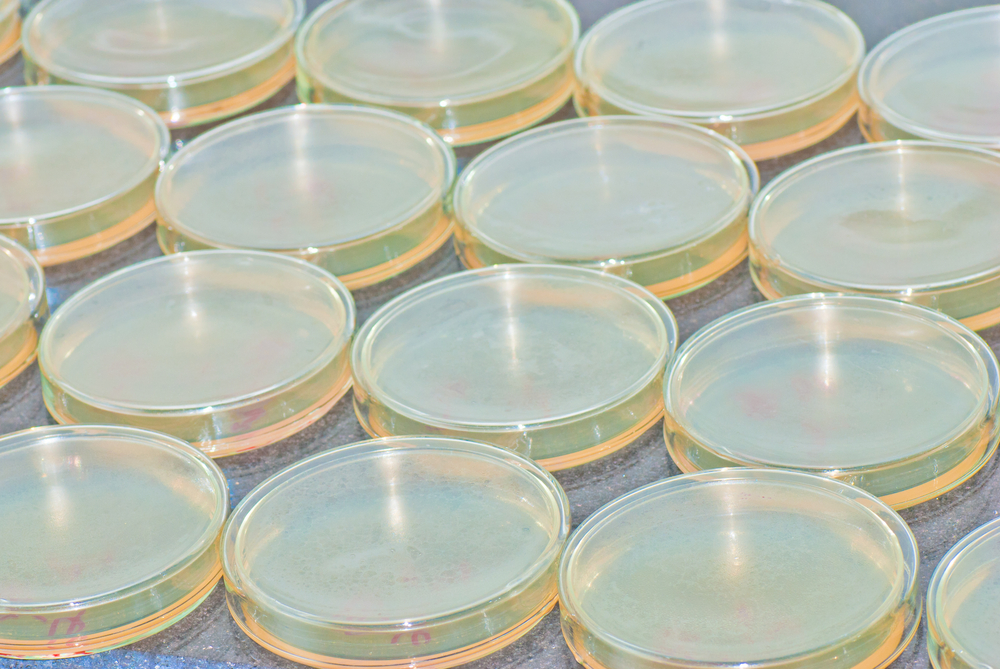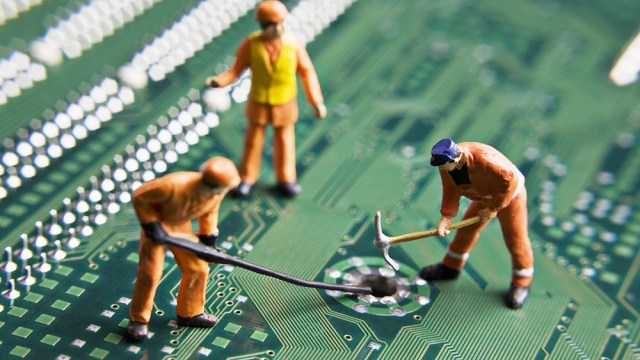One Small Step For Cyborgs: Human Tissue Combined With Nanowires

Article written by guest writer Kecia Lynn
What’s the Latest Development?
The physical merging of humans and technology is coming closer to reality at Harvard, where scientists report having successfully embedded bioengineered human tissue cells into networks of nanoscale silicon wires. Using a process that’s similar to etching microchips, lattices of wires were created and combined with tiny electrodes to create a mesh that could be folded or rolled into various shapes. Once seeded with cells, scientists were able to see their behavior in a more realistic, three-dimensional environment. Bozhi Tian, a member of the development team, says, “Previous efforts to create bioengineered sensing networks have focused on two-dimensional layouts, where culture cells grow on top of electronic components…[We want] an accurate picture of cellular behavior within the 3-D structure of a tissue.”
What’s the Big Idea?
Bioengineers have long wondered how to monitor changes to manufactured tissue after that tissue has been grown and implanted. Nanoprobes of this type allow them to observe cell activity without disrupting it, which opens the way for a host of potential medical and research benefits. For now, lead researcher Charles M. Lieber believes that the technology might first be used to help pharmaceutical developers better understand how new drugs act on human tissue.
Photo Credit: Shutterstock.com





